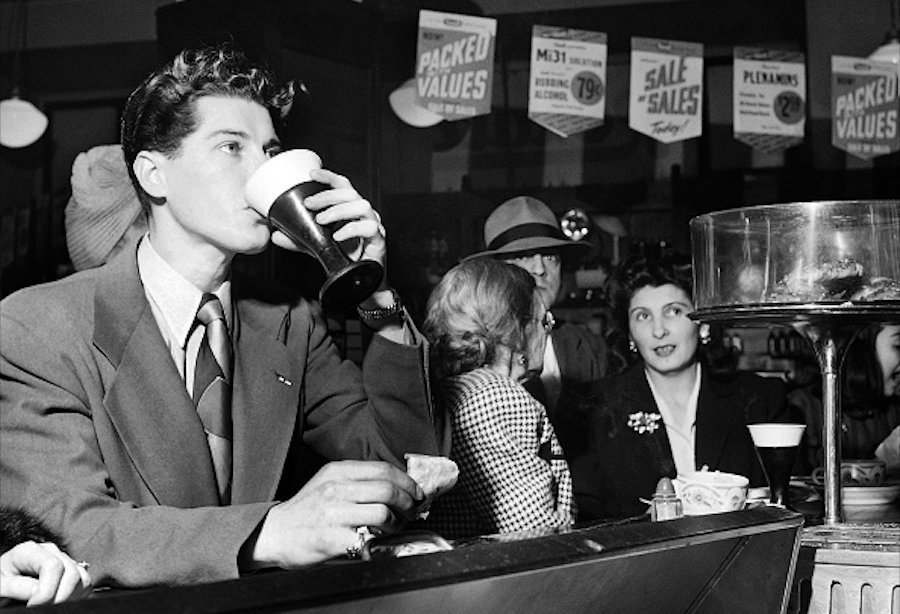Rarely has the public imagination been so injected with the notion of a drug as the way out. AstraZeneca, Pfizer, BioNtech; these names have seeped into our discourse with such ease that it seems hard to imagine the shadowy time before them when vaccines were something routinely administered to children and the elderly. A time before we were bombarded with images of syringes and phials of medicine on conveyor belts, a time before a drug meant liberation.
For addicts living through the pandemic, the idea of a drug as liberation is a well-worn pathway. But there is no vaccine to return them to any sort of freedom or to offset the damage caused by nearly a year of isolation. Because for addicts, to be alone is to suffer.
More than anything I look forward to the half-lit basement rooms of AA, the rancid coffee and the chorus of recovery
Like Coleridge’s Ancient Mariner, the present-day addict is condemned to the margins, the bearer of a dark truth of which they can never be unburdened. Addiction has always thrived in isolation and darkness. The figures are stark – the British Liver Trust reports more than a 500 per cent increase in calls to its helpline since last March, to name but one – but they are bald facts and addiction deals in feverish hallucinations and twisted fables not numbers. One drink is too many and a thousand is never enough, mathematics defied.
I have not had a drink for nearly eleven years. Up until March last year, I attended Alcoholics Anonymous regularly. The church basement, the polystyrene cup of coffee, the circle of hands, the uncomfortable chair, the laminated plastic signs, these were the material realities of my commitment to sobriety, mental cues prompting me to keep going. Abruptly and frighteningly, on a cold day last March they disappeared. My weekly meetings moved to Zoom and the physical rites of passage, like genuflection at a mass, became lost in the squares on my computer screen. Anonymity, the cornerstone of the program, became compromised; faces I had only ever seen within the context of a meeting room were suddenly accompanied by the footnotes of life, by strange rooms and possessions, by distant domestic voices. In the strange equation of recovery, less anonymity did not mean less isolation. Against all advice, I muted AA in my life as one might a zoom call until such time as the meetings would return. My sobriety is undoubtedly weaker for it. This year, I resolve to come back.
Alcoholics Anonymous works because of the physical presence of people in a room. Together, the combined parts shield against vulnerability but also exceptionality: any story told in a meeting is necessarily, and rightly, a story that has been told before. In meeting together, the assumptions of difference that addicts hold dear evaporate into collective confessions. In the seminal text The Big Book of Alcoholics Anonymous, you becomes we, the grammar itself implying humility and community. You did that too? You can’t remember any of that either? The voices come together in song.
When I first got sober, this chorus grated. Was I meant to give up on singularity altogether? Who would I be if I wasn’t different in some way? The edges of myself felt like they were being expertly singed off. Meetings have taught me that the telling of my past life over and over again is a way of crafting a new plotline for myself, one forged in the crucible of collective experience. Collective experience can happen on a screen but for me the act of going to a meeting, putting one foot in front of another, coaxes belief in the chorus far more powerfully.
There can be no vaccine for addiction because the strange alchemy of its makeup demands that addicts come together in communion. This year, as Spring comes and the days get longer, more than anything I look forward to the half-lit basement rooms of AA, the rancid coffee and the chorus of recovery.






Comments